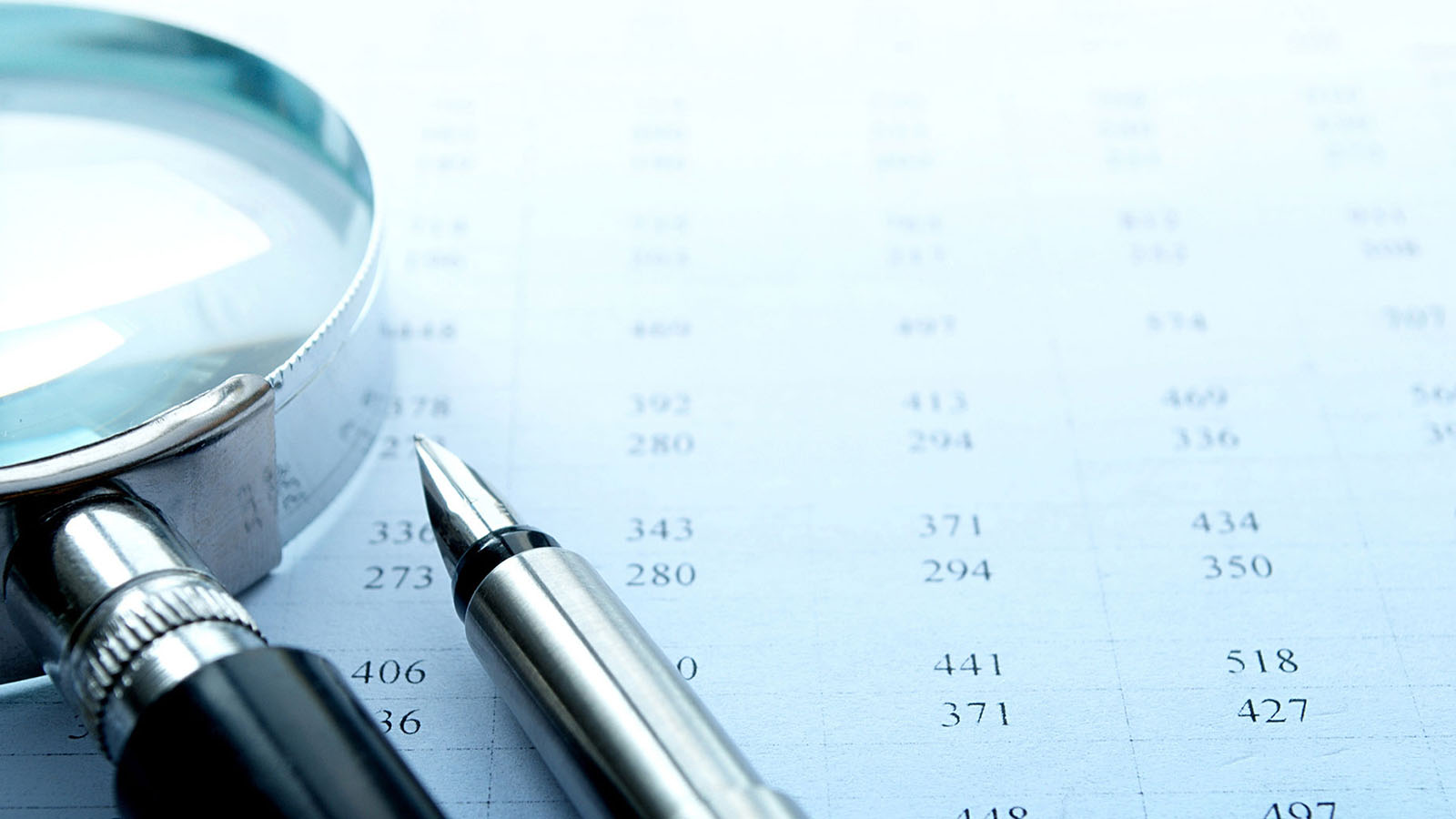How Experts Use Data Analysis to Detect Fraud
Never miss a thing.
Sign up to receive our insights newsletter.

Data analytics is changing the way many businesses operate. It’s also changing how forensic accountants do their jobs, providing fraud experts with the means to mine massive mounds of data like never before.
3 techniques
These analytical techniques are among the most efficient and effective at detecting occupational fraud:
1. Association analysis. This method can help identify suspicious relationships by quantifying the odds of a combination of data points occurring together. In other words, it calculates the likelihood that, if one data point occurs, another will, too. If the combination occurs at an atypical rate, a red flag goes up. For example, association analysis might find that a certain supervisor tends to be on duty when inventory theft occurs.
2. Outlier analysis. Outliers are data points outside the norm for a given data set. In many types of data analysis, outliers are simply disregarded, but these items come in handy for fraud detection. Experts know how to distinguish and respond to different types of outliers.
Contextual outliers are significant in certain contexts but not others. For example, a big jump in wages on a retailer’s financial statements might be notable in April but not in December — when seasonal workers come aboard.
Collective outliers are a collection of data points that aren’t outliers on their own but deviate significantly from the overall data set when considered as a whole. If, for instance, several public company executives sold off substantial blocks of stock in the business on the same day, it might signal suspicious behavior.
3. Cluster analysis. Here, experts group similar data points into a set and then further subdivide them into smaller, more homogeneous clusters. Data points within a cluster are similar to each other and dissimilar to those in other clusters. The greater the similarities within a cluster and the differences between clusters, the easier it is for an expert to develop rules that apply to one cluster but not the others.
Cluster analysis has long been used for market segmentation of consumers. But it can also detect fraud, particularly when combined with outlier analysis. Outlier clusters — those that are farthest from the nearest cluster when clusters are mapped out on a chart — generally merit extra scrutiny for suspicious activity. A fraud expert might, for example, use cluster analysis to evaluate group life insurance claims. The expert would look for clusters of large beneficiary or interest payments, or long lags between submission and payment.
High tech and old school
If you hire experts to uncover suspected fraud in your organization, don’t be surprised if they break out the data analytics tools. But they’ll also likely use some old-school methods — including interviewing employees — to find possible suspects and financial losses. Contact a Weaver professional today to identify red flags within your organization.
© 2019